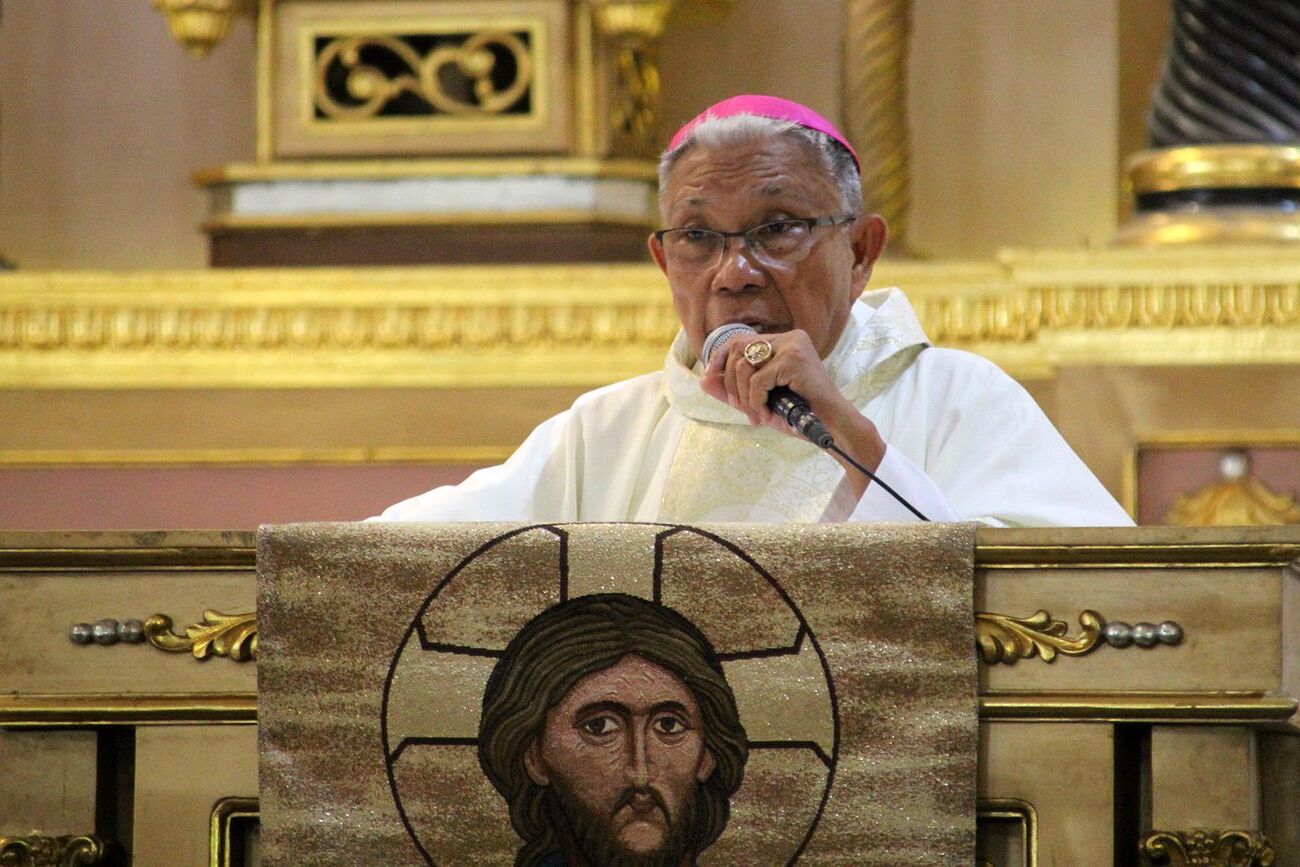
What is an Apostolic Administrator? An Apostolic Administrator is a bishop or priest appointed by the Pope to temporarily oversee a diocese or ecclesiastical territory. This role is crucial when a diocese lacks a bishop due to resignation, transfer, or death. Unlike a diocesan bishop, an Apostolic Administrator has limited authority and serves only until a new bishop is appointed. They ensure the diocese continues to function smoothly, handling administrative tasks, pastoral care, and maintaining church order. Their appointment can be seen as a bridge, providing stability during transitional periods. Understanding this role helps appreciate the church's efforts to maintain continuity and support its communities.
What is an Apostolic Administrator?
An Apostolic Administrator is a bishop or priest appointed by the Pope to temporarily oversee a diocese or other ecclesiastical jurisdiction. This role is crucial in maintaining the continuity and stability of the Church's administration.
- Temporary Role: An Apostolic Administrator serves temporarily, usually until a new bishop is appointed.
- Papal Appointment: The Pope personally appoints the Apostolic Administrator.
- Not Always a Bishop: While often a bishop, a priest can also be appointed as an Apostolic Administrator.
- Administrative Duties: They handle all administrative tasks of the diocese, including financial and pastoral responsibilities.
- Spiritual Leadership: They provide spiritual guidance to the clergy and laity within the diocese.
- Canonical Authority: They possess the same canonical authority as a diocesan bishop.
- Crisis Management: Often appointed during times of crisis or transition within the diocese.
- No Permanent Changes: They cannot make permanent changes to the diocese without the Pope's approval.
- Pastoral Care: Ensuring the pastoral care of the faithful is a primary responsibility.
- Interim Period: Their tenure lasts only during the interim period between bishops.
Historical Context of Apostolic Administrators
The concept of Apostolic Administrators has deep historical roots within the Catholic Church. Understanding their historical context helps in appreciating their role today.
- Medieval Origins: The role dates back to medieval times when the Church needed to manage vast territories.
- Council of Trent: The Council of Trent (1545-1563) formalized many aspects of the role.
- Post-Reformation: After the Reformation, Apostolic Administrators were crucial in re-establishing Catholic dioceses.
- World Wars: During the World Wars, they played key roles in maintaining Church operations in war-torn areas.
- Modern Times: Today, they are often appointed in dioceses facing administrative or moral crises.
Responsibilities of an Apostolic Administrator
The responsibilities of an Apostolic Administrator are vast and varied, ensuring the smooth functioning of the diocese.
- Overseeing Clergy: They oversee the activities and well-being of the clergy within the diocese.
- Financial Management: Responsible for the financial health of the diocese, including budgets and expenditures.
- Liturgical Duties: They perform liturgical duties, including celebrating Mass and sacraments.
- Conflict Resolution: Addressing conflicts within the diocese is a key part of their role.
- Community Engagement: Engaging with the local community and addressing their spiritual needs is essential.
Understanding the role and responsibilities of an Apostolic Administrator provides insight into how the Catholic Church maintains continuity and stability during transitional periods.
Final Thoughts on Apostolic Administrators
Apostolic Administrators play a crucial role in the Catholic Church, stepping in during times of transition or crisis. They ensure that dioceses continue to function smoothly, maintaining stability and continuity. These administrators are appointed by the Pope and can be either clergy or laypersons, depending on the situation's needs. Their responsibilities range from overseeing daily operations to making important decisions about the diocese's future. Understanding their role helps appreciate the Church's efforts to maintain order and support its communities. Whether dealing with a vacancy, a bishop's illness, or other challenges, Apostolic Administrators provide essential leadership. Their work often goes unnoticed but is vital for the Church's overall health and stability. Knowing these facts can deepen your appreciation for the complexities and dedication involved in managing the Church's affairs.
Was this page helpful?
Our commitment to delivering trustworthy and engaging content is at the heart of what we do. Each fact on our site is contributed by real users like you, bringing a wealth of diverse insights and information. To ensure the highest standards of accuracy and reliability, our dedicated editors meticulously review each submission. This process guarantees that the facts we share are not only fascinating but also credible. Trust in our commitment to quality and authenticity as you explore and learn with us.


